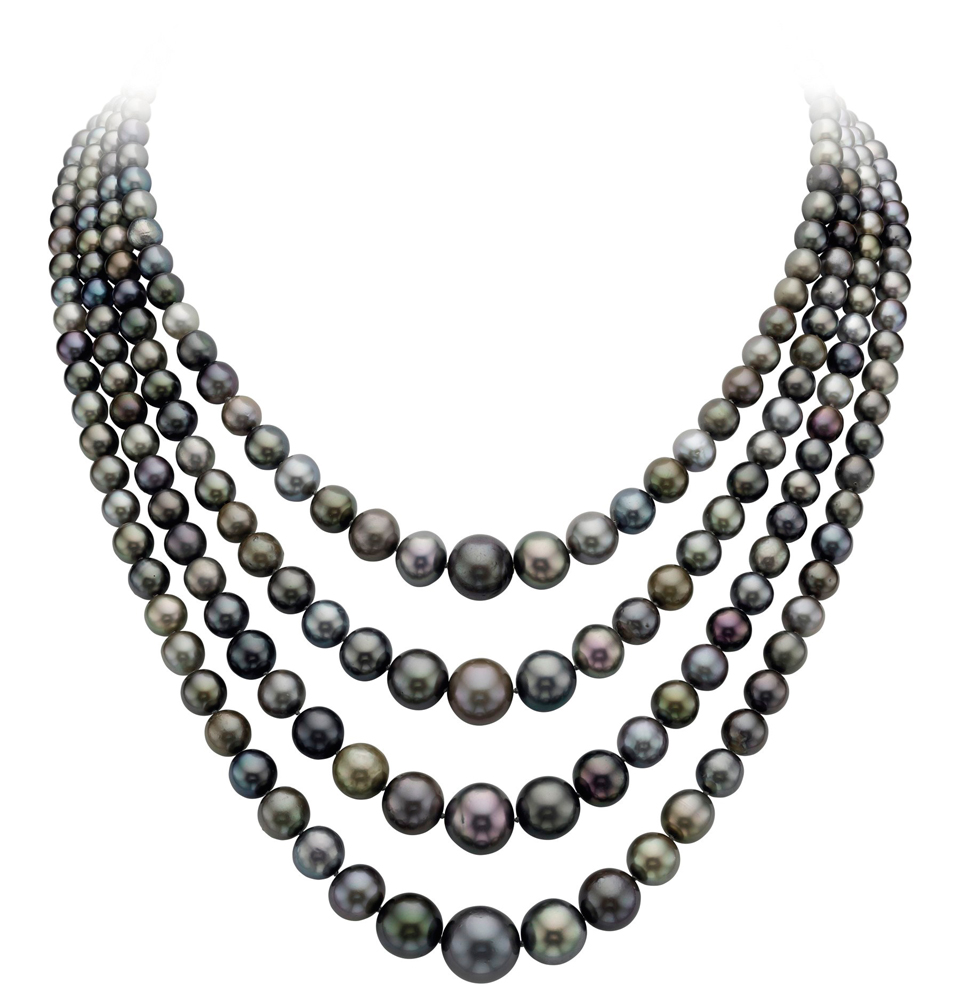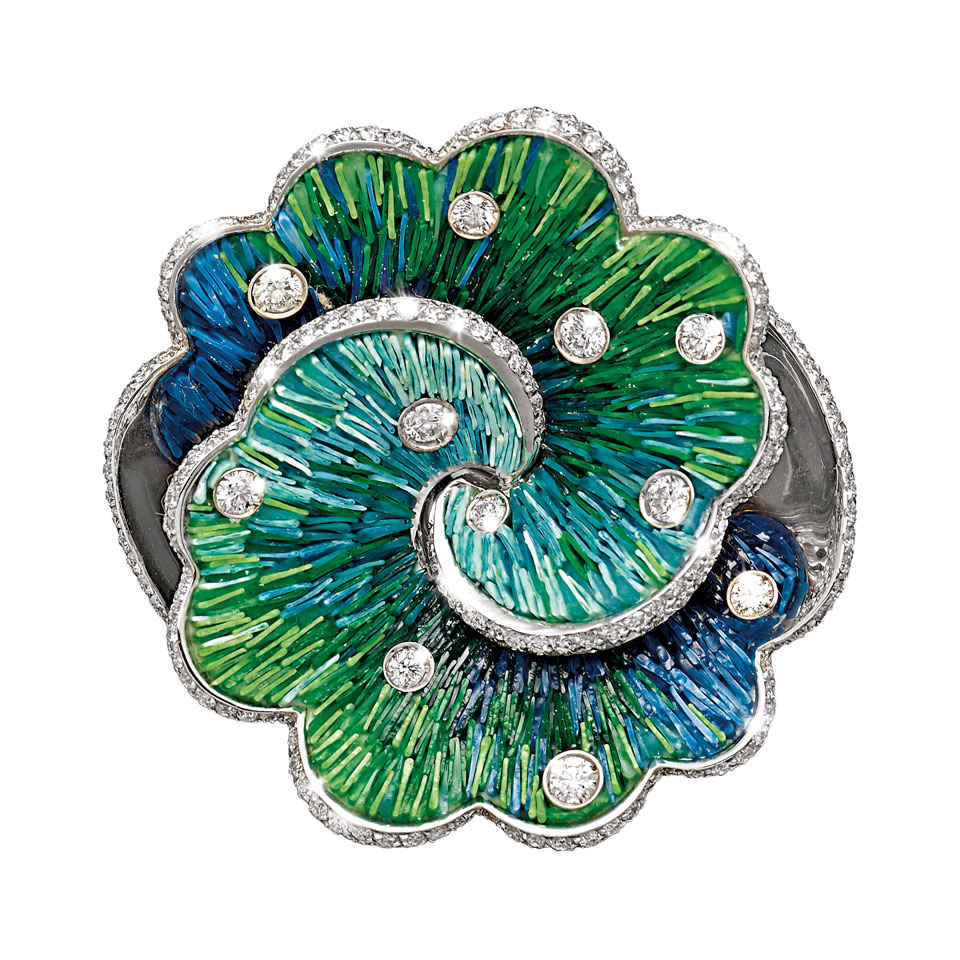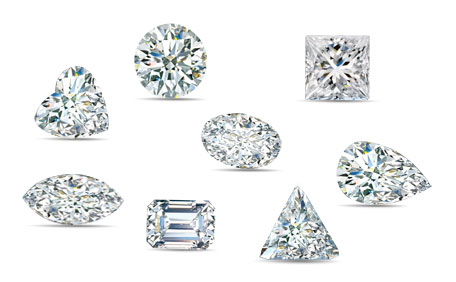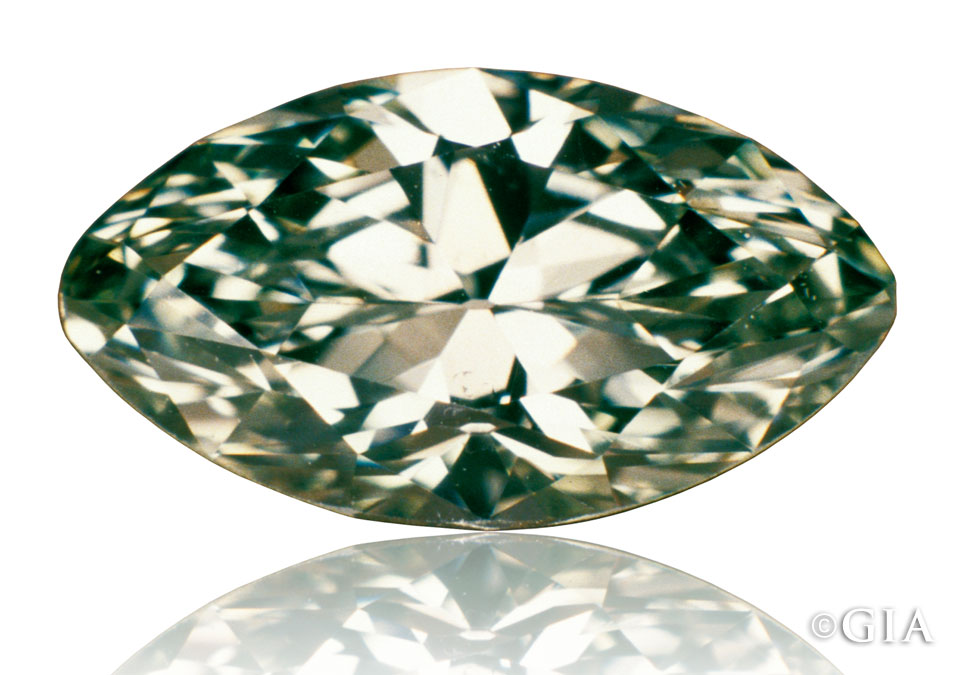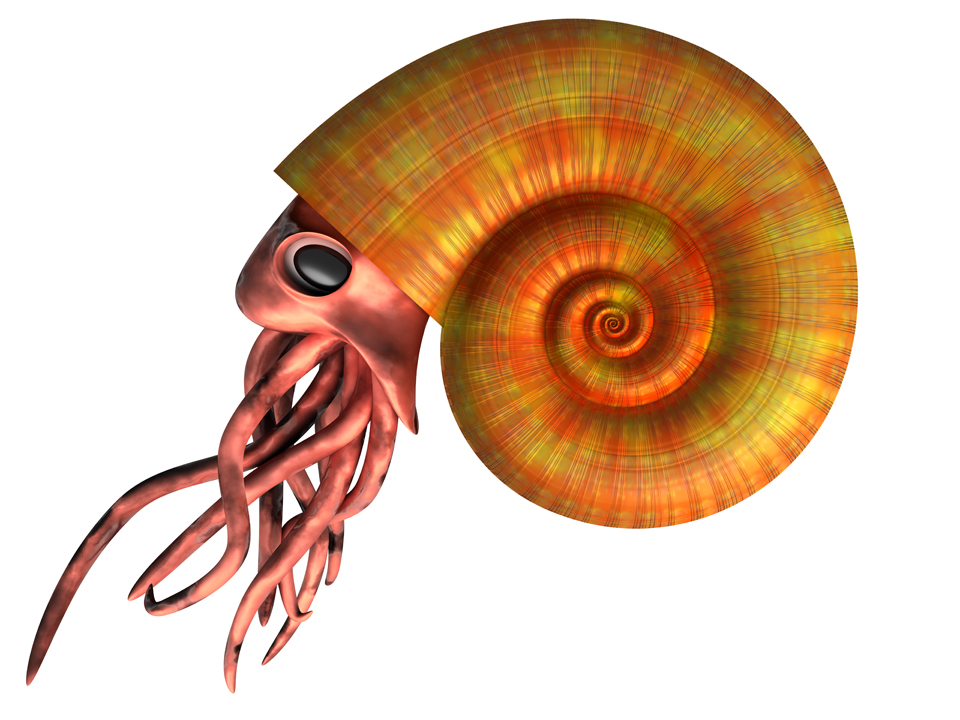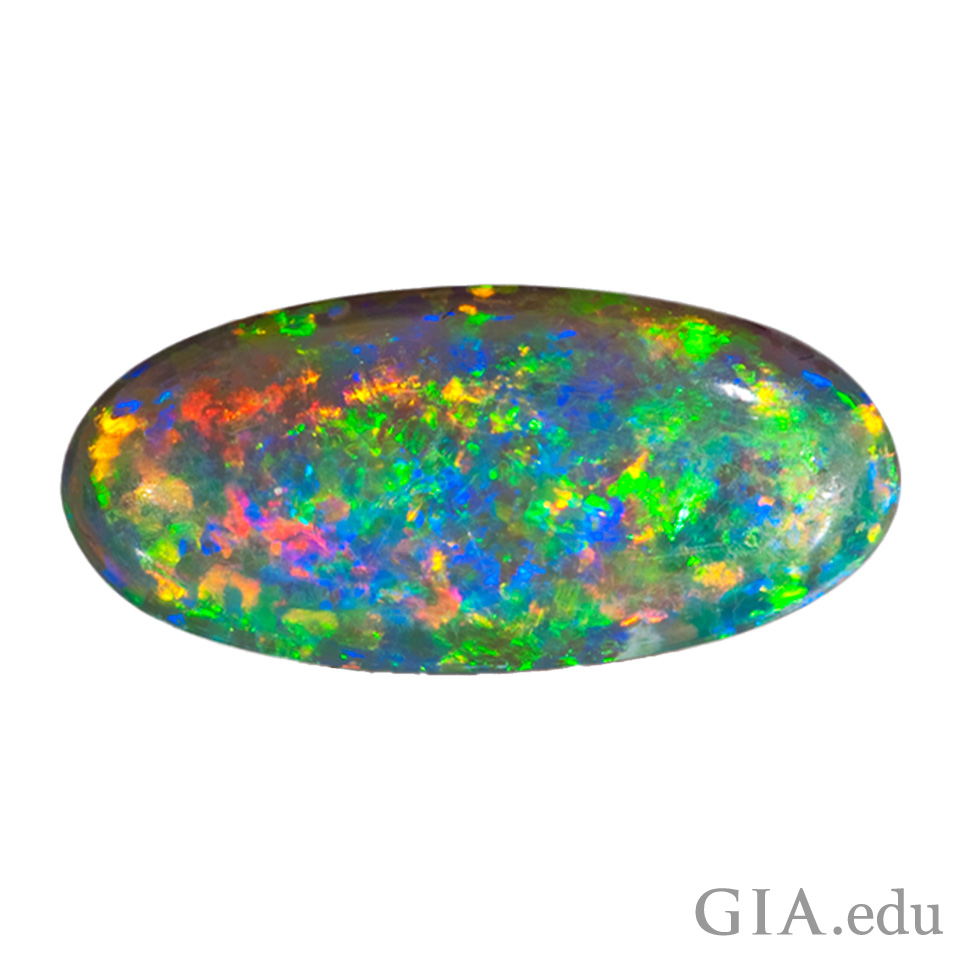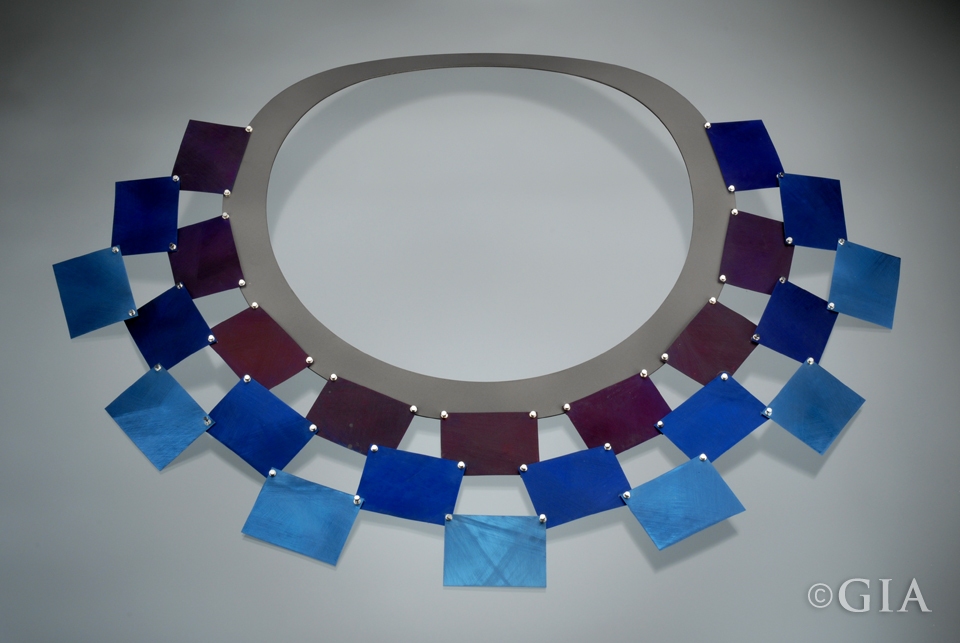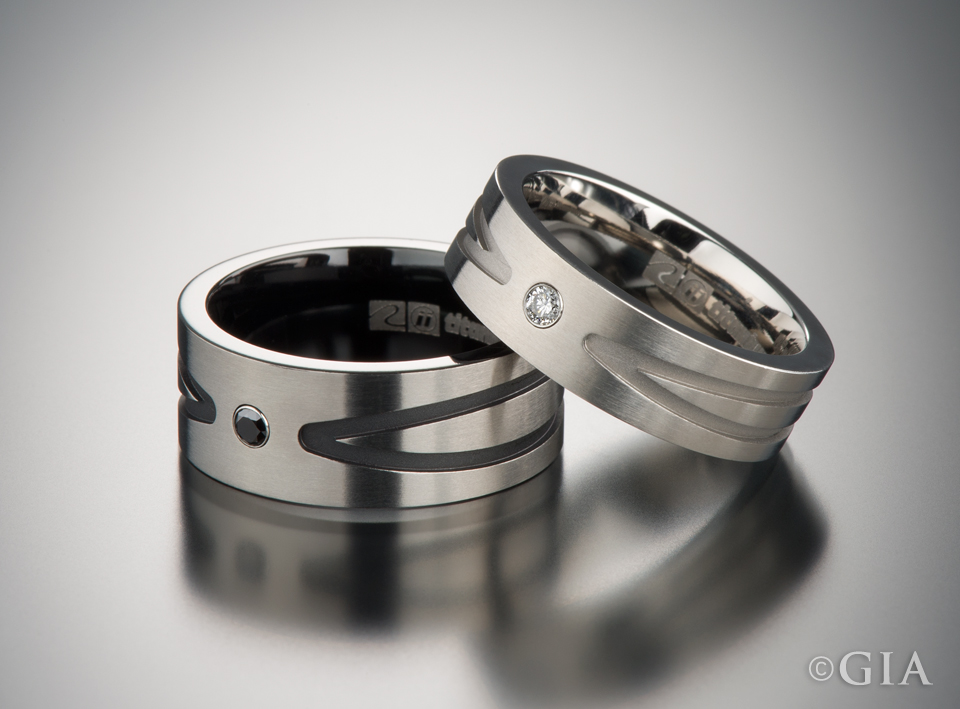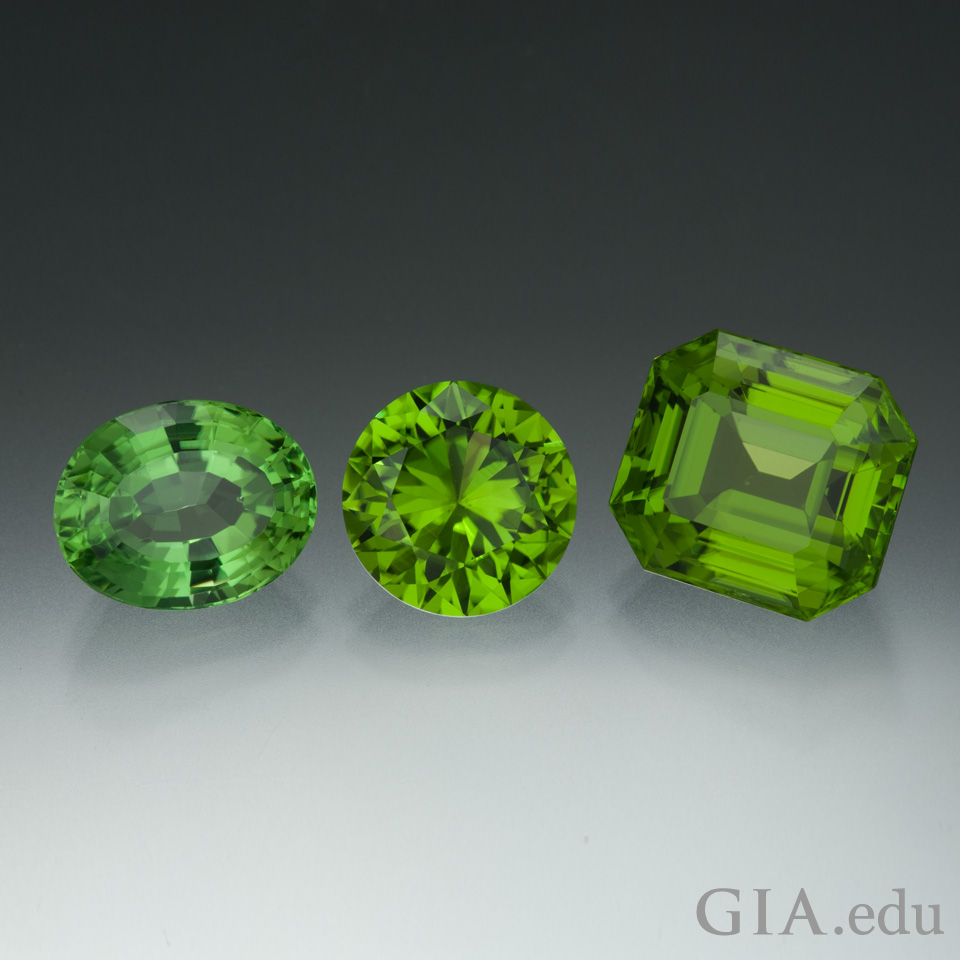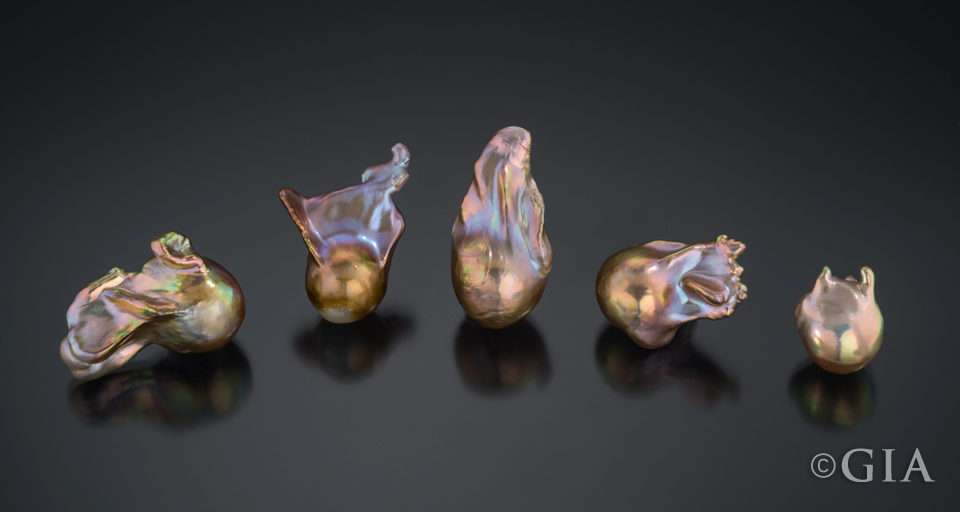The Old English rhyme “Something old, something new, something borrowed, something blue” was intended to bring a bride luck in her marriage. Today, a bride likes to interpret this custom in her own unique way, often through distinctive choices in wedding jewelry. GIA offers some pointers, as well as points of inspiration, for the bride-to-be. (more…)
